It had rained in the night, the first rain for a week or more, and it was still damp and humid as we entered the Black Wood (part of Woolton Woods). The sun was shining through trees, but it was very quiet and still. The only sound above the faint traffic noise was a Blackbird singing.
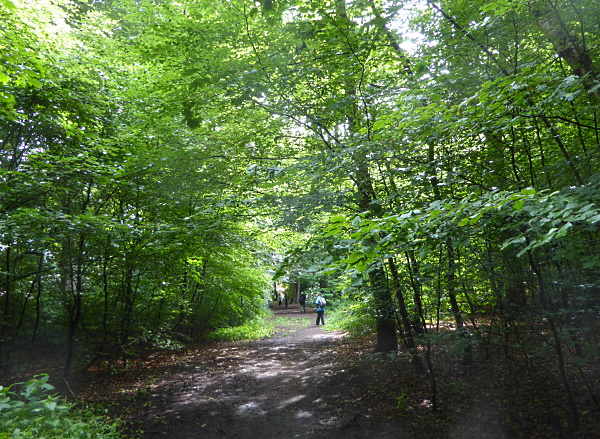
Woolton and Childwall woods in the south Liverpool suburbs, although adjacent, originated as the parkland and woodland of two different great houses. The land of Woolton Hall originally belonged to the Knights Hospitaller but was confiscated by the crown during the reformation. Various owners have held it over the centuries since then until it was acquired by Liverpool City Council in the 1920s. Childwall Woods were planted with Beech and Sweet Chestnut in the 1700s by Isaac Greene, a wealthy attorney from Prescot. None of the histories of either estate suggest that any of the wealth of the previous owners came from slave trading, which is unusual for Liverpool.
The oldest Beech trees in Woolton Woods are reaching the ends of their lives and are full of fungi. This huge growth might well be Hoof Fungus Fomes fomentarium,which is traditionally found on Birch but is being seen more on Beech as the climate warms.
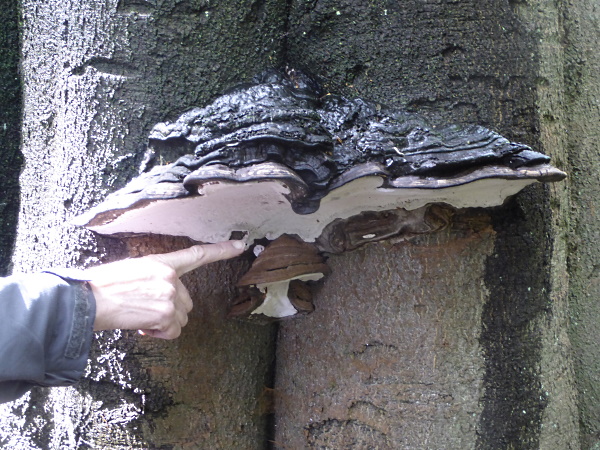
The wildflowers on the path edges were Bramble, Wood Avens with its yellow flowers and hooked seeds, Cow Parsley and Wild Garlic that had both mostly gone over, and some patches of Dog’s Mercury, which is a sign of ancient woods.
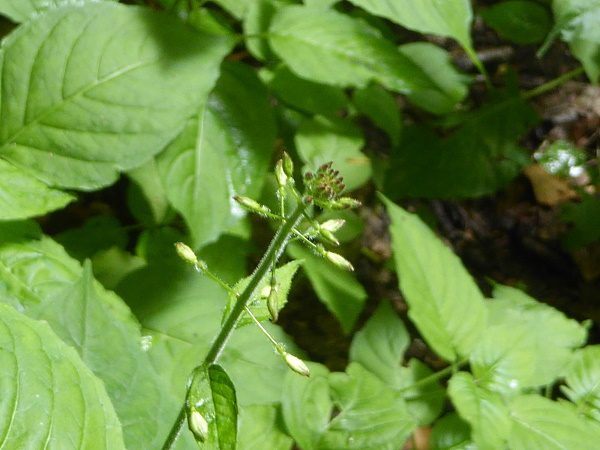
Childwall Woods, on the other side of Woolton Road, lead through to an open area called Childwall Fields, a wild Buttercup meadow dotted with orchids. There seemed to be three kinds, a dark cylinder, a taller lighter one with spotted leaves, and a shorter fatter one with dark purple flowers. We mulled over “Early Purple” and “Common Spotted” in the books, but they hybridise so readily that identification is very difficult. They are just lovely, that’s all.
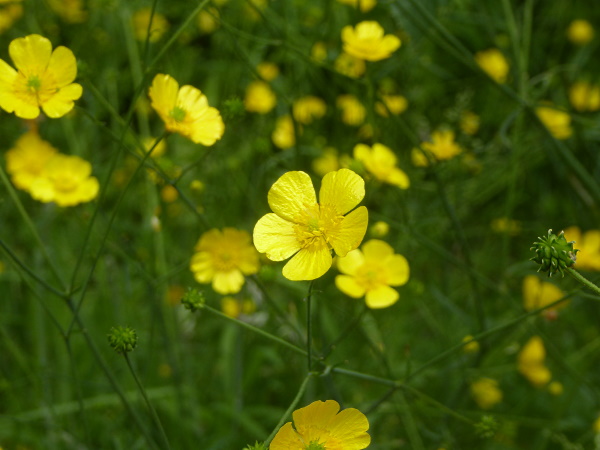
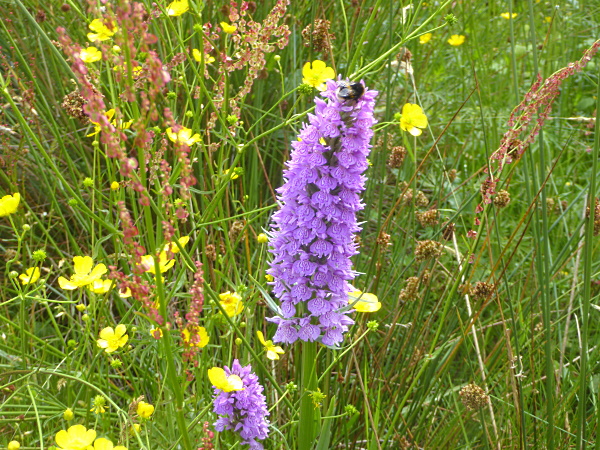
We stopped to examine a young Alder tree with holes in the leaves. As we suspected, it was full of Alder beetles. There were some patches of eggs, and some pairs of mating adults, but we couldn’t find any grubs. There must have been some somewhere to have chewed those holes in the leaves.
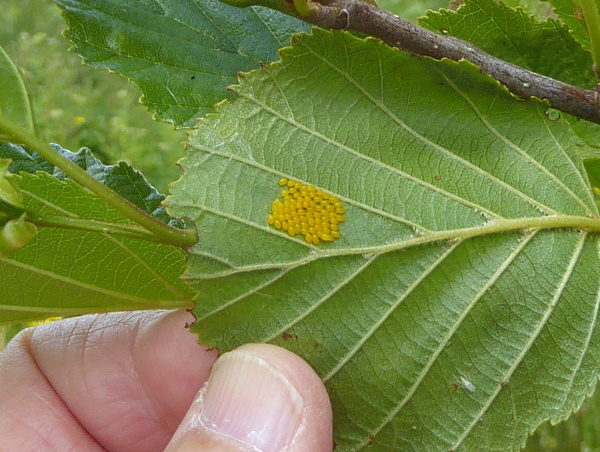
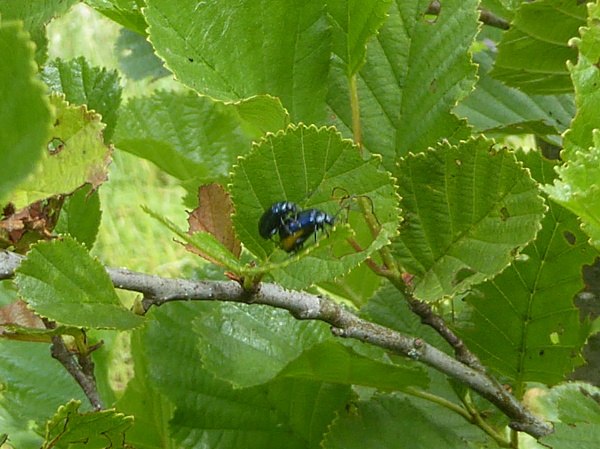
Along the sunny path we admired the Elder trees, currently in full bloom. One Hazel tree already had half grown nuts. The Brambles, Ground Elder and Hogweed had bees visiting them.

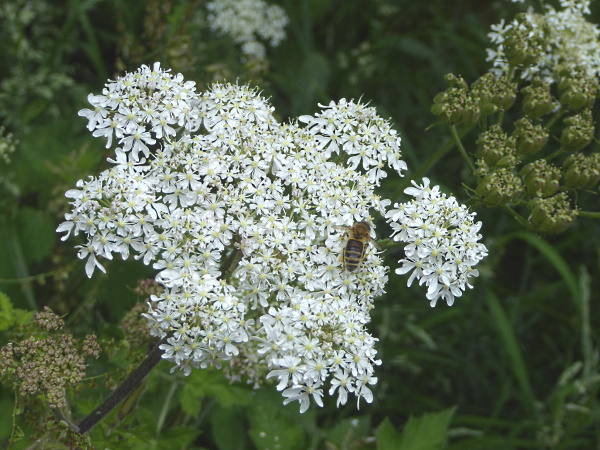
Birds seen or heard included Robin, Greenfinch, Chaffinch, Chiffchaff, a fast flypast of a Jay, a Song Thrush, and a Wren in a Lime tree in Childwall Woods. Our only butterfly of the day was this very new-looking Speckled Wood, bright and colourful, which had perhaps just emerged from deep in the grass.

Public transport details: Bus 81 from Balliol Road at 9.57, arriving Countisbury Drive / Childwall Park Avenue at 10.35. Returned at 2.17 on the 81 from Woolton Road / Cabot Green.
